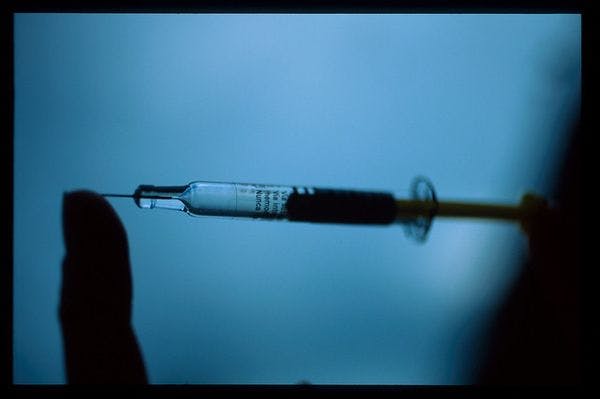Flickr, Terry Dye (CC BY-NC-ND 2.0)
Une étude suggère que le nombre de morts par overdose depuis le début de la crise sanitaire aurait doublé sans la réduction des risques
On estime que 3000 morts ont été évitées grâce aux kits de naloxone portables, les sites de consommation supervisée et autres programmes de réduction des risques. Pour en savoir plus, en anglais, veuillez lire les informations ci-dessous.
By Rafferty Baker
Study looked at the period after public health emergency declared in B.C., when 2,177 people died.
The overdose crisis has killed an astonishing number of people across Canada, and British Columbia has been hit especially hard. A new study published Wednesday in the journal, Addiction, found that without harm reduction efforts, the death toll would have been more than twice as horrific.
Researchers looked at nearly two years of data, beginning when the public health emergency was declared in B.C. in April 2016 and ending in December 2017.
According to the study led by the B.C. Centre for Disease Control (BCCDC), there were 2,177 people killed by overdose in the province in that time.
But more than 3,000 deaths were prevented.
"It was one of these things that — you almost had to go back and check the numbers to make sure they were correct — that they actually were that high," said Mike Irvine, a post-doctoral fellow at BCCDC who works with the Ministry of Mental Health and Addictions and the Mathematics Institute at the University of British Columbia.
Irvine said the impact of widely distributed take-home naloxone kits was the most significant, in terms of lives saved.
"In 2017, there were 60,000 kits that had been distributed, so this is paying tribute, really, to how much that program had ramped up and rolled out across the whole province," he said.
